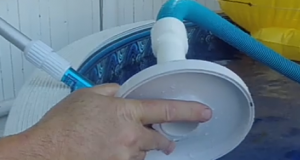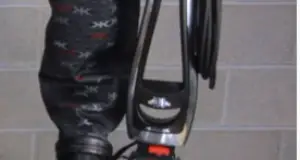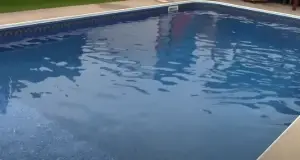Can You Use A Leaf Vacuum On Gravel
Can You Use A Leaf Vacuum On Gravel? A leaf blower or vacuum is a multipurpose item that most people have in their garage. It’s often used to help with yard cleanup. While it may appear to be simple—wave it around to get those pesky leaves off your lawn—there is a right technique to use them to get the best results. Of course, this doesn’t rule out the possibility of using a rake in the future. We still advise you to keep a rake on hand (unless your physical condition allows you to pick up a rake). You’ll save time and effort if you know when and how to utilize a leaf blower/vacuum.
Using leaf Vacuum On Gravel
Gas-engine leaf vacuums are far more powerful and resistant to clogging than corded or cordless ones, especially when dragging in twigs or damp leaves or a mix of the two. Those materials are particularly tough to pull, requiring a huge amount of torque and air movement. Furthermore, gas-powered vacuum cleaners are far more portable than corded equipment.
Things To Consider While Vacuuming
Corded and cordless are ideal for working in a small, well-kept yard. Use a gas engine vacuum for a large lawn, especially if you need to remove nuts, twigs, pine cones, and pine needles in addition to the leaves. Also, consider that manufacturers’ air movement speeds and volumes usually refer to blowing, not vacuum mode.
Common Things To Consider While Using A Leaf Vacuum On Gravel
There is no standard test for vacuuming grass debris, and air movement is only one factor to consider. The material you’re removing, its shape, friction, and moisture all play a role in how well a machine vacuum. Also, the mulching ratio data for these machines appear to be irrelevant. When you dump the waste bag from a leaf vacuum and inspect it closely, you’ll see that most of the leaves are only half shredded. It should come as no surprise. The flattening and packing caused by driving the leaves into the bag, as well as the shredding caused by the machine’s impeller, are both responsible for the reduction in pile size.
How To Use A Leaf Vacuum On Gravel
If you have a large lawn that becomes covered in huge amounts of leaves in the fall, using leaf blowers/vacs as a first step in the leaf-removal procedure may make sense. Using a leaf blower/vac and tarps, gather the majority of the leaves into separate piles. Consider the following example:
- Blow the majority of the leaves into a mound on a tarp, starting in the far left-hand corner of your lawn.
- Don’t be picky: using a leaf blower/vac to gather every last leaf is counterproductive.
- Remove the pile by folding the tarp over the leaves (you’ll probably need help) by dragging the tarp away once you’ve blown the majority of the leaves into a pile in this corner of the grass.
- Dump the leaves into a receptacle that may be composted or later placed in a compost bin.
- Continue in the same manner with the other remaining corners.
- Then, similarly, attack the leaves in the lawn’s middle.
- But it’s important to note that the goal here isn’t to be fussy. Remove the majority of the leaves, then use a leaf rake to finish the job.
Where To Use Leaf Vacuum
- To clear small amounts of leaves, etc., from tight spots where leaf rakes would be difficult to use, use leaf blower/vacs in vacuum mode.
- Use a leaf blower/vac in blower mode (together with tarps) to collect most of your lawn’s leaves into piles for hand pickup.
- Leaf rakes are still the most effective instrument for completing lawn leaf cleaning or for removing leaves in small yards.
- Leaf rakes have the added benefit of assisting in the control of thatch.
Conclusion
Because dry leaves are much lighter than gravel, they can vacuum them from gravel regions. To suck up the leaves, use a leaf vacuum on the lowest setting. The weight of gravel varies based on its size and composition. Begin by vacuuming a tiny portion to test if the gravel stays in place.




